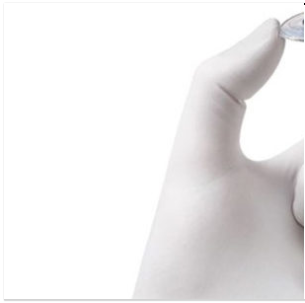Platinum: Transforming Lives Through Cochlear Implants
Posted:
Platinum plays a key role in modern cochlear implant technology, which has revolutionized the lives of patients.
Cochlear implants are medical devices that provide a sense of sound to a person who is profoundly deaf or severely hard of hearing.
Instead of making sounds louder, like hearing aids, implants use electrical signals to directly stimulate the auditory nerve.
The cochlea is part of the inner ear. Shaped like a snail, it contains thousands of tiny hairs that vibrate in response to sound. These vibrations are converted into electrical signals which the auditory nerve carries to the brain, where they are interpreted as sound.
Many people suffer hearing loss because the hair cells in the cochlea are damaged. A cochlear implant is a substitute that bypasses the damaged part of the ear, and, although it does not ‘cure’ hearing loss, it replaces the function of the damaged inner ear.
Why platinum?
Surgically implanted, a cochlear implant is comprised of two parts, an external sound processor and an internal implant.
The sound processor receives sound waves and processes them into digital information, while the implant converts the digital information into electrical signals, which are sent to the auditory nerve from an electrode array placed inside the cochlea.
Platinum is used to fabricate the contacts and wires responsible for carrying the electrical signals within the electrode array.
Platinum is especially suited to medical devices like cochlear implants due to its bio-compatibility. This means it is tolerated well by the body and unlikely to cause an allergic reaction. It is also robust, stable, resistant to corrosion and a good conductor – characteristics that are important in a cochlear implant, which is expected to last a lifetime.
Furthermore, platinum is highly ductile, meaning it can be stretched into the long, thin, delicate wires that go into the electrode array.
Future growth anticipated
The World Health Organization estimates that around 360 million people (about 5 per cent of the global population) have disabling hearing loss.
Cochlear implant technology – which was first developed in the early 1980s – has now become widely adopted.
According to Johnson Matthey – a global supplier of high-grade platinum wire and sheet used to make components for cochlear implants – these devices were being fitted at a rate of 75,000 per year in 2016, globally.
This figure is set to grow to over 175,000 implants per year by 2022, driven by factors including: the introduction of second-generation technology (enabling improved sound clarity and speech recognition); an ageing population; and increasing access to advanced medical care in developed and developing countries.

Posted with permission of World Platinum Investment Council. As of January 10, 2019.


